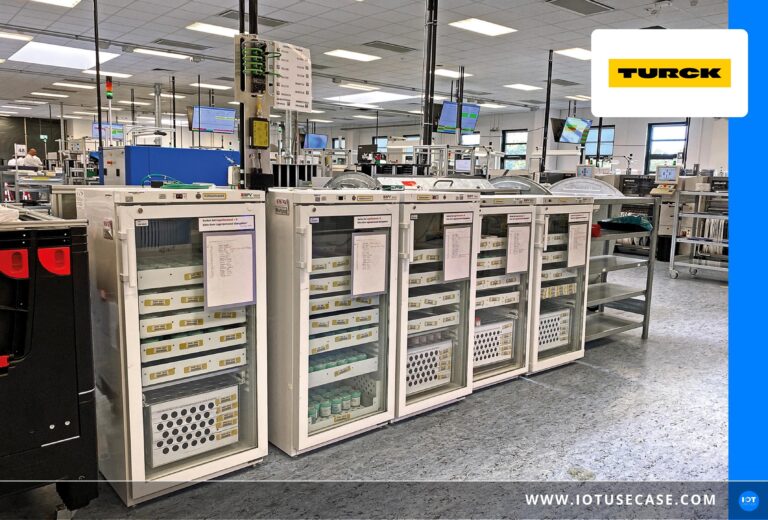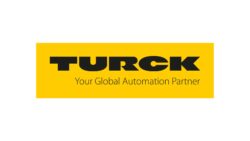For its own printed circuit board production, Hans Turck GmbH & Co. KG has automated the quality assurance of the solder paste with a condition monitoring solution and suitable IO-Link sensors. Seamless tracking and connection to the MES are the further steps on the way to fully automated SMT production.
The challenge: Temperature and time parameters influence solder paste quality
Without printed circuit boards, nothing works. The core piece of electronics production is as individual as it is demanding to manufacture. As a sort of base for the various components that are applied in the SMT process, a printer applies a layer of solder paste less than 150 micrometers thick to the board. The quality of the paste contributes decisively to the durability of the final soldering, and this quality in turn is higher the more stable the storage conditions for the paste are. Turck uses refrigerators in its in-house SMT production at the Beierfeld site for its various automation products to store the containers of solder paste at a constant temperature. How long a paste container remains in the refrigerator or how long it has been in the production environment is currently still recorded manually by scanning the containers. Yet the time factor is also quite decisive for the quality of the finished PCB: after printing, a maximum of eight hours should pass before the board is finally soldered. Here, too, automation will make documentation easier and more reliable, thus closing another gap in the automated production process.
The solution: A dedicated Condition Monitoring Network for the solder paste
Turck uses temperature sensors to monitor the constant temperature of the solder pastes in the refrigerators. This is perfectly sufficient for the closed paste containers that are stored here. In the printing process, which must take place at 23-27 °C, the humidity also plays an important role and is therefore monitored here in addition to the temperature. For this condition monitoring application, Turck uses the same sensor technology that also ensures stable conditions in control cabinets: temperature and distance sensors, the latter monitoring the door closure. Each cabinet houses a condition monitoring control center, also known as a control cabinet guard, which transmits all sensor data to the cloud via IO-Link and a switch. On the platform itself, there are only the necessary drivers and scripts to collect the data. Especially important: the concept is based on Linux and is thus open for user-side installations.
The result: Monitoring of Solder Paste Storage and RFID-supported Seamless Solder Paste Tracking in the Future
Knowledge of existing conditions is always the first step in the change process and also represents the starting point for much more far-reaching plans at Turck. Automating the monitoring of the solder paste opens the door to connecting this production step to the MES and thus continuing on the path to fully automated production. RFID tracking should then prove correct storage of solder paste so that unsuitable containers are not used in the first place, wasting printed circuit boards. After monitoring ensures consistent processing conditions, this information is also used to identify trends when temperature or humidity changes. The dashboard already shows changes today; in the MES, it is then possible to evaluate this data later. This means that rejects due to overstocked solder paste practically no longer occur, and quality is ensured even when production is running at maximum capacity.





